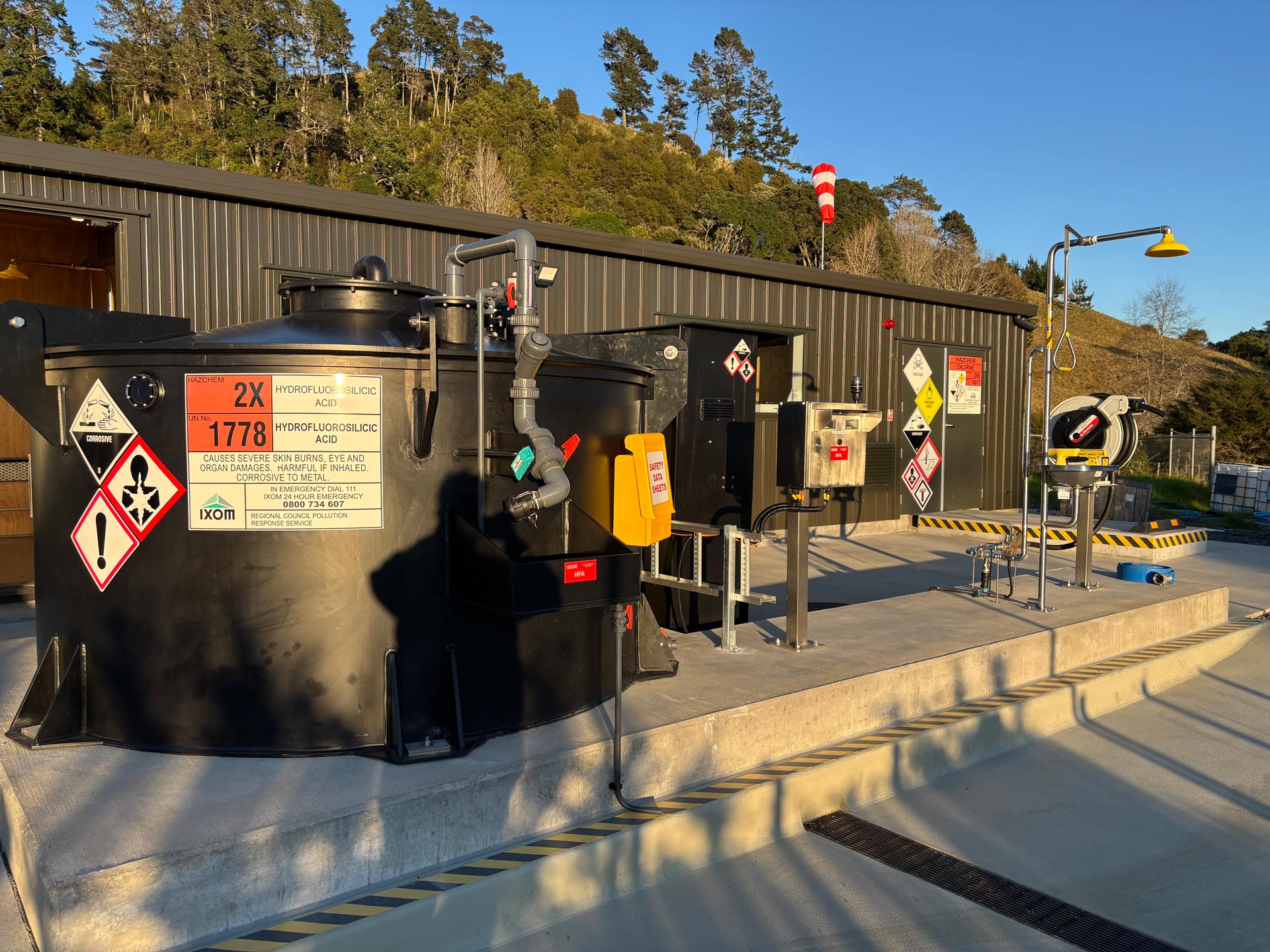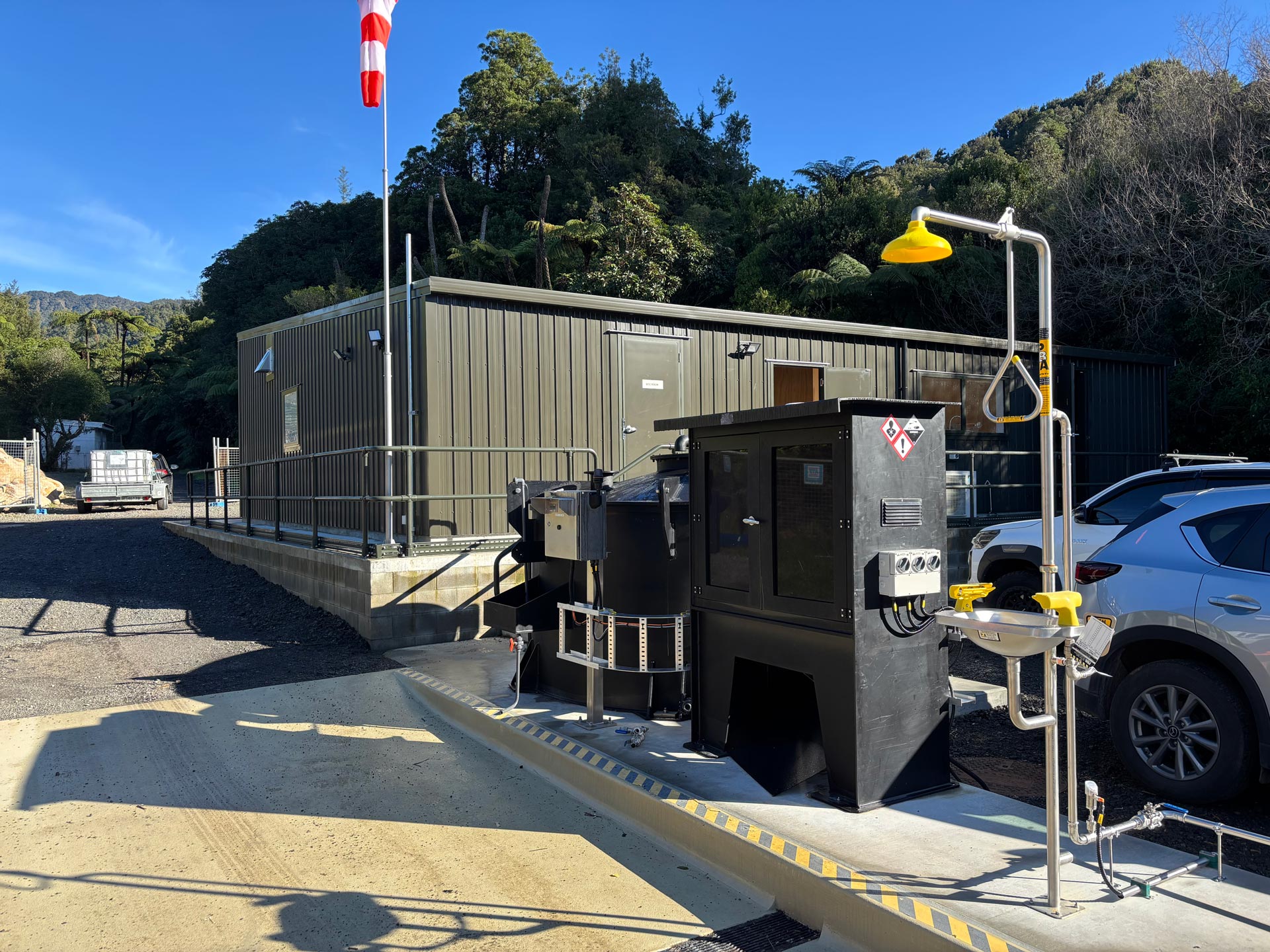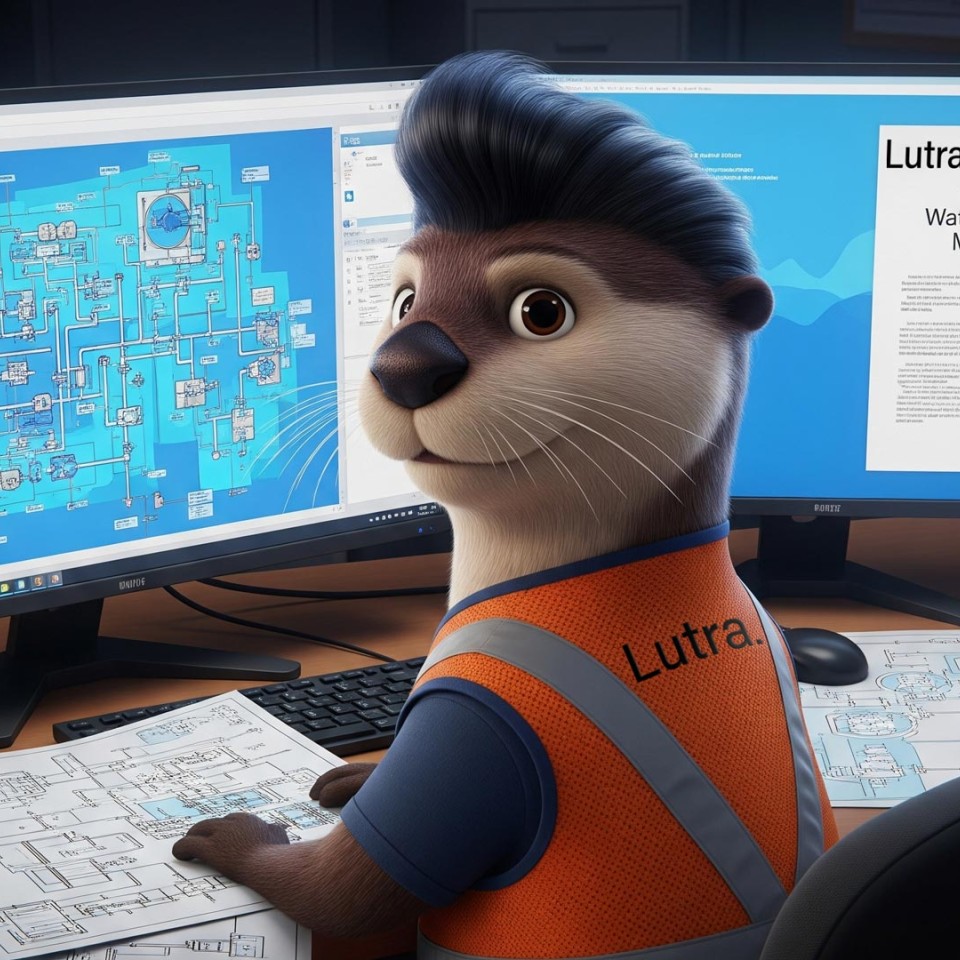Over the past 18 months, I’ve had the privilege of working alongside the forward-thinking Western Bay of Plenty District Council to develop a set of site-specific master plans for each of the drinking water treatment plants supplying their region. Each master plan was designed with a clear purpose: to take a detailed, honest look at the condition and capacity of existing assets, assess how well they’re meeting today’s water demand, and – crucially – ensure they’ll be up to the task for the next 30 years.
We looked at everything from population growth and climate resilience to changing compliance requirements and emerging risks. And we didn’t just focus on what’s needed now. Each plan provides a structured and prioritised framework for investment, allowing the council to be less reactive and more proactive, with a focus on long-term planning.
Master plans bridge the gap between reactive maintenance and proactive investment. They give councils a roadmap to make smart, timely decisions about infrastructure that the community relies on every day and often takes for granted until something goes wrong.
For this project, the benefits of having a master plan in hand have been obvious from the start. It meant upgrades were designed with the future in mind, rather than as isolated fixes. It meant the council could stage the work in a way that avoided unnecessary costs or disruption to supply and had clear technical evidence to back up funding decisions and procurement approaches.
The first two sites to be upgraded included the addition of fluoride dosing systems, in accordance with the directive from the Ministry of Health to fluoridate public drinking water supplies. Incorporating fluoridation into the overall upgrade design has ensured a seamless integration that supports both regulatory compliance and public health outcomes.
Each of the master plans also includes the introduction of UV disinfection systems as a Protozoa barrier – a critical safeguard under the drinking water standards. For sites that have not yet progressed to full upgrades, containerised UV systems are being installed as interim solutions. These systems provide added protection while enabling the more complex site works to be planned and delivered over the medium to long term.
There’s something deeply satisfying about watching a plan move from the page to the real world. The first site to be upgraded under the master planning framework, Athenree WTP, is now online and producing safe drinking water. This upgrade didn’t just address aging infrastructure and capacity limitations. It modernised the entire plant, added the fluoridation and UV systems, and created room for future growth.

Seeing water flow through new infrastructure that was once just a diagram on a whiteboard is one of the reasons I love what I do. It’s one thing to talk about resilience, compliance, or “future-proofing” — it’s another to see it in action, serving the community.
The second plant upgrade for Wharawhara WTP is well underway and expected to be commissioned in the coming weeks. This project has followed its master plan closely, allowing the project team and contractor to make confident decisions throughout design and construction.

What’s been most valuable is having clear, consistent direction for each site. Rather than treating upgrades as isolated projects, the council is implementing a coordinated programme of work across the region, which is underpinned by sound technical planning and robust long-term thinking.
The remaining sites will follow the same staged path, using their master plans as blueprints for both short-term action and long-term development. In an environment where councils are being asked to do more with less, this kind of clarity and foresight is invaluable. Rather than reactive fixes or emergency spending, investment is strategic, efficient, and aligned with regulatory, environmental, and community needs.
For me as an engineer, it’s been a privilege to contribute to a programme that moves beyond business-as-usual, and delivers real improvements in water safety, regulatory compliance, and infrastructure resilience. And it’s even more satisfying to see plans being turned into action, with the benefits already flowing through to the communities these systems serve.
Key takeaway? Strong planning isn’t just helpful - it’s essential. A well-structured master plan sets the foundation for smarter investment, more efficient delivery, and better long-term outcomes for drinking water systems.


